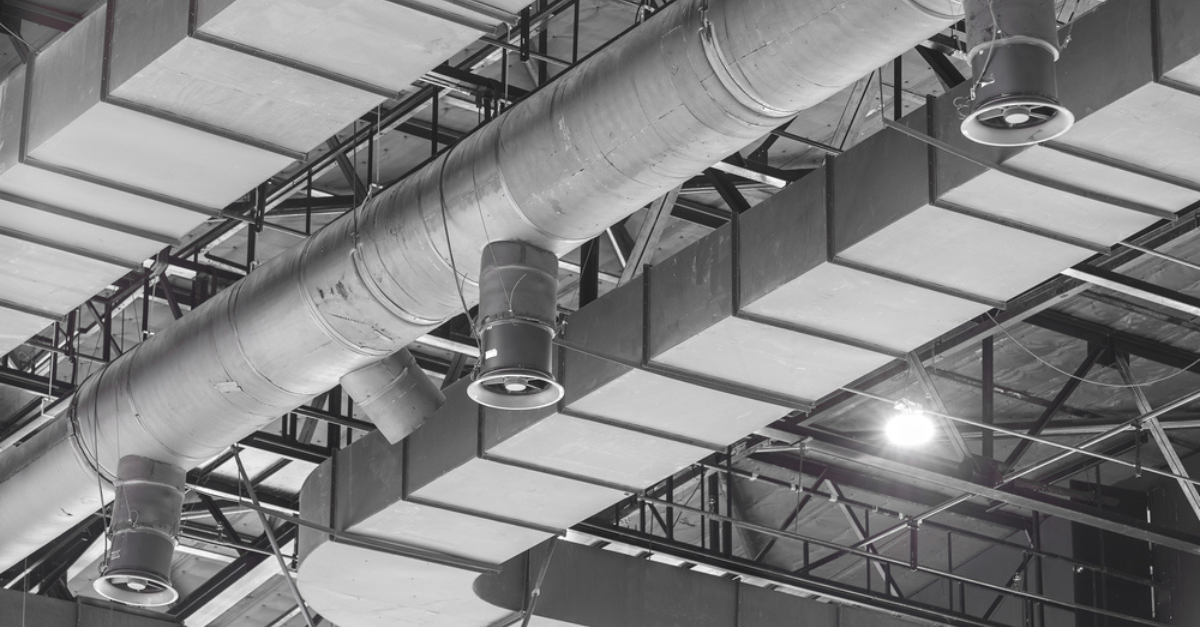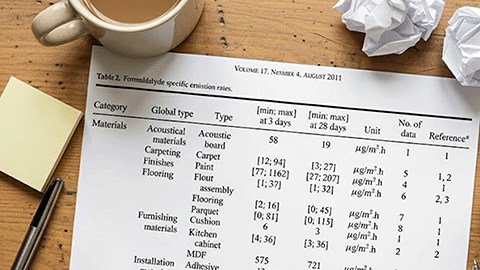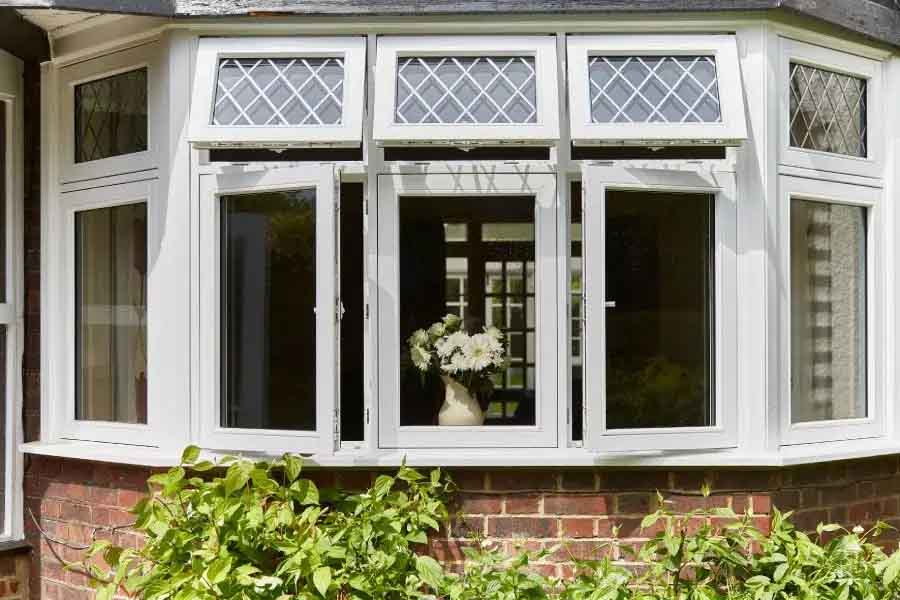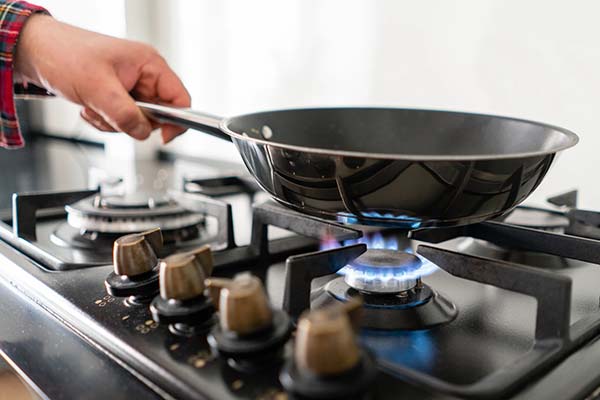Duct Cleaning: UK Laws and Guidelines
Is duct cleaning a legal requirement? The short answer is yes. And there are several standards that offer guidance on how to remain compliant.
Ultimately, the legal requirement comes from the Health & Safety at Work Act 1974 and the Occupiers Liability Act 1984, from which employers have a legal duty to provide a safe and healthy environment for workers and occupants, namely their buildings' indoor environment quality and indoor air quality.
TR19
BESA's "TR 19 Air – Guide to Good Practice – Internal Cleanliness of Ventilation Systems" was updated in 2023 and offers practical guidance on testing and cleaning of air distribution and ventilation systems to meet required standards. It is the standard to which ventilation should be cleaned depending on the rate of their usage (high, medium and low). It details the full scope of services needed like pre-clean inspections, containment, cleaning methods and post-clean inspections.
TR 19 recommendations help ensure duct cleaning complies with regulations on IAQ, asbestos, waste disposal and contractor competency. Contractors with BESA membership certification are qualified to clean ducts to TR19 technical standards.
For more information on the updates to TR19, see our article BESA TR19 Air - 2023.
ACOP6 (52)
Approved Codes of Practice (ACOPs) in the UK provide practical guidance on how to comply with certain health and safety laws. These documents are approved by the Health and Safety Executive (HSE) and have a special legal requirement status. ACOPs offer practical advice on interpreting and implementing the law, and while following them is not mandatory, they are considered a benchmark for achieving compliance.
ACOP6 (52) – relating to the Workplace (Health, Safety and Welfare) Regulations 1992, “mechanical ventilation systems (including air conditioning systems) should be regularly and properly cleaned, tested and maintained to ensure that they are kept clean and free from anything which may contaminate the air”.
Following ACOP6 ensures duct cleaning is done thoroughly, safely and sustainably by qualified professionals. It provides best practices for hygienic cleaning and protecting workers and occupants from contaminant exposure. It requires contractors to demonstrate qualifications, training and experience, and to hand over a fully cleaned, sealed and safe system on completion of the service with documentation. Contaminated waste must be contained, sealed and removed from the site and disposed of responsibly. And any damaged components uncovered during cleaning work be repaired or replaced.
COSHH
The Control of Substances Hazardous to Health Regulations 2002 (COSHH) is a set of regulations in the UK that focus on the control of exposure to hazardous substances in the workplace. COSHH is designed to protect workers and others from the risks associated with exposure to substances that can be harmful to health. Substances including chemicals, products containing chemicals, fumes, dust, vapours, mists, nanotechnology, gases, and biological agents like bacteria and viruses.
Employers are obligated to conduct a risk assessment to identify and evaluate the risks posed by hazardous substances. The assessment should consider the nature of the substances, the manner in which they are used, the extent of exposure, and the potential health effects.
Employers may need to monitor exposure levels in the workplace and provide health surveillance where necessary to monitor the health of workers.
Guidance to be aware of
Local authorities
If there are health issues related to indoor air quality in a specific building, local health authorities may recommend or require duct cleaning. This could be due to mould, vermin infestations, or other contaminants that could pose health risks.
Insurance or building codes
In some cases, insurance companies or building codes may require duct cleaning as part of maintenance practices to ensure the safety and efficiency of the HVAC system.
How to clean your ducts
Sometimes it is hard to know when and how often to clean ductwork. For guidance, see our article 5 Signs You Need to Clean Your Air Ducts.
Our services
As experts in air quality and compliance, we offer a professional ductwork cleaning and maintenance service alongside other air quality services which you can access here. If you have any questions, feel free to get in touch — let's discuss how we can help keep your building compliant.
FAQs
Should I invest in duct cleaning?
Yes, duct cleaning is worth investing in to stay compliant with UK health and safety law and maintain good indoor air quality. It helps remove contaminants, improves HVAC performance, and supports legal duties under the Health & Safety at Work Act. Scheduling a repeat service with us is an easy way to ensure your ductwork is always compliant. You can read more about how often you should clean your ducting here.
Is duct cleaning a legal requirement in the UK?
Yes, because employers must provide a safe indoor environment under the Health & Safety at Work Act and the Occupiers Liability Act. TR19, ACOP6, and COSHH outline how ducts should be inspected, cleaned, and maintained. Records of ductwork cleaning services not only provide peace of mind, but also prove that your building is safe.
What does TR19 require?
TR19 sets out how often ducts must be cleaned, how inspections should be carried out, and the standards contractors must follow. It’s the main industry benchmark for internal cleanliness of ventilation systems.
How does COSHH relate to duct cleaning?
COSHH requires all employers to control exposure to hazardous substances. Dust, biological agents, and other contaminants in ducts fall under this, so cleaning helps meet the regulation. Thankfully, duct cleaning is a relatively simple procedure and can be booked with us here.
Can anyone clean ducts?
No, TR19 recommends using qualified, competent contractors who can provide inspection reports, containment procedures, and proper waste disposal. For a quick and easy quote, view our professional ductwork cleaning service here and get in touch.
Is duct cleaning necessary after refurbishment?
Yes. Construction dust and debris easily enter ductwork, so post-works cleaning is usually required to meet TR19 standards. For ductwork cleaning services or further advice, contact the ARM Environments team here.






